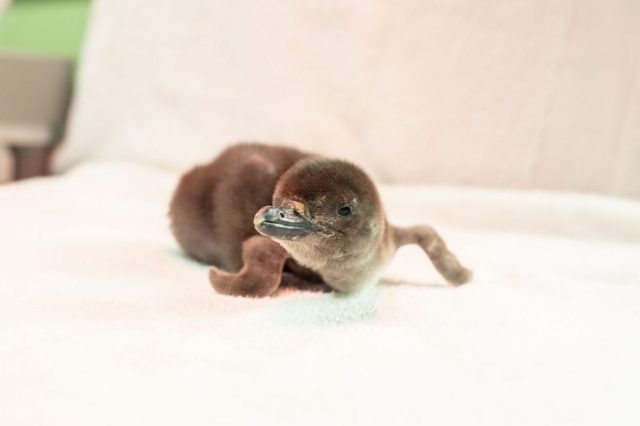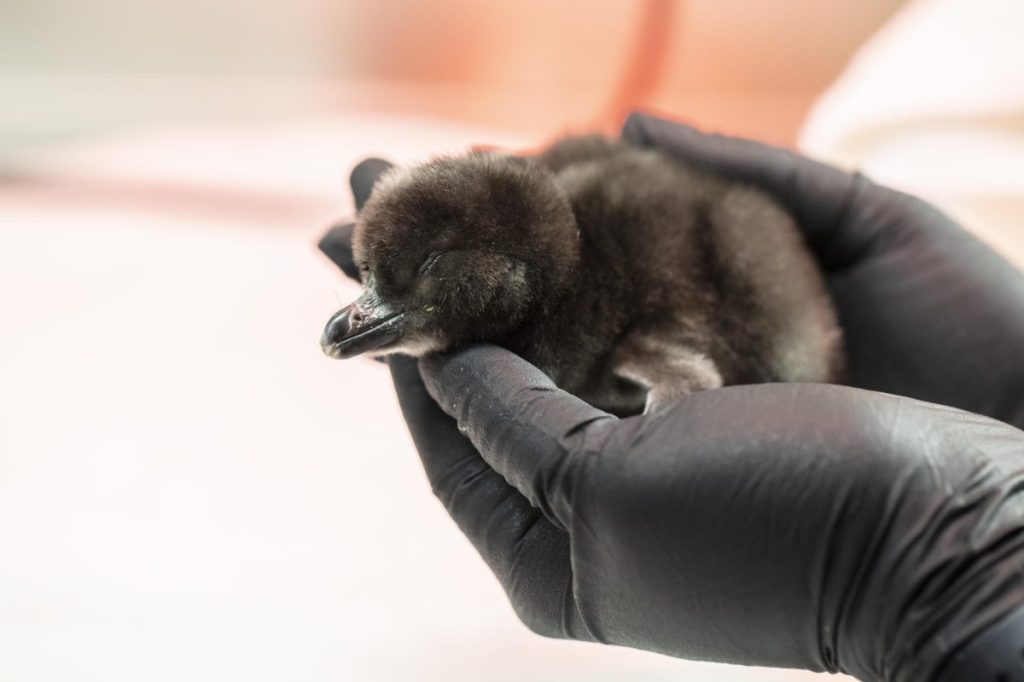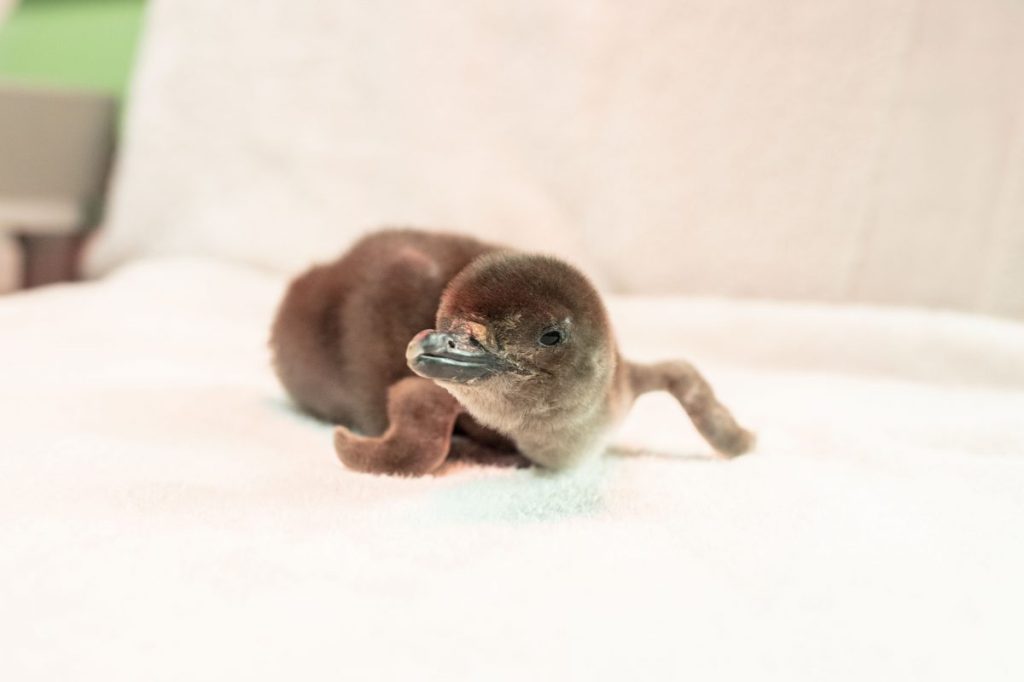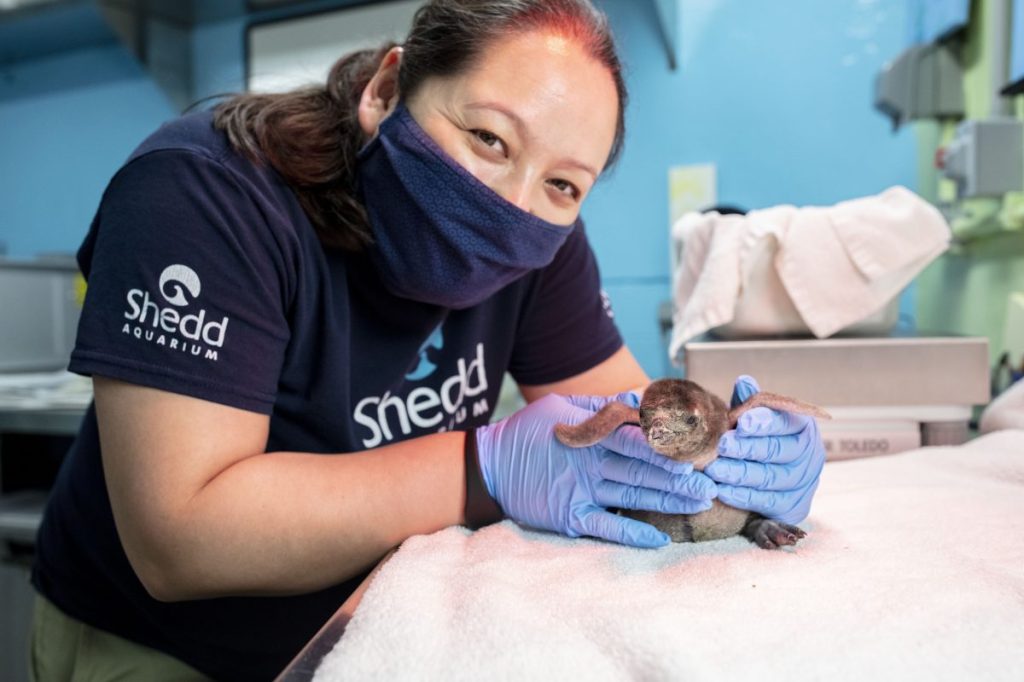Fall Back can send your baby’s sleep schedule into a free fall, but these tips will help you weather the storm
Looking on the bright side is a smart way to weather the wild ride of infancy. This applies to everything from blowouts (a chance to wear another outfit before baby outgrows it!) to the arrival of Daylight Saving Time, also known as National Mess-with-Your-Baby’s-Sleep-Schedule Time.
In the case of fall back (this Sunday, November 5), you have an hour less of sunlight at the end of each day, so it’s a bit harder to find the bright side. But parents know it takes some effort to see the bi-annual shuffle in a good light. With these parent-tested tips for helping baby adjust to Daylight Saving time, your child’s bedtime routine—and your sanity—can be saved.
Start Early
The best way to keep Daylight Saving Time from throwing your baby’s routine out of whack is by preparing for the change well before it hits. Successful approaches vary, but most experts suggest shifting baby’s bedtime by 15 minutes every day or two in the week or so leading up to the seasonal shift. So, if baby typically goes down around 7:30 p.m., shift bedtime forward in quarter-hour increments until you reach the “new” bedtime of 8:30, which, with the time change, will actually still be 7:30 p.m.—your child’s original bedtime.
To really make this work, you’ll want to adjust all of the day’s activities, including naps, meals, and morning wake times. “With fall back, the biggest setback tends to be early mornings,” says Amanda Jewson, sleep consultant and founder of Baby’s Best Sleep. “If your baby wakes at 5 a.m., try to delay feeds and light exposure to help train the body to wake at a later time.”
Use Light and Darkness
Light exposure has a direct influence on the body’s circadian rhythm (internal biological clock). Less light signals our body to become sleepy, while more light stimulates us to feel awake. If you’re pushing back baby’s bedtime, expose them to more natural light in the afternoon to help them stay away a bit longer. As their new bedtime hour approaches, it may already be dark outside which works to your advantage. If it’s not, close your blackout blinds (or, pro tip: attach double-sided adhesive Velcro tabs to your wall and to the back of your curtains, then press to seal the edges) to ensure that the room is pitch black when you put your baby down. In the morning, when the time is appropriate to start your day, Jewson says to throw open you blinds so baby’s body starts getting used to their new wake time.
Give It Time
Here’s the hard truth: Some babies are particularly sensitive to changes in their sleep schedule, and it can take two to four weeks for changes to really settle in, according to Jewson. So if your little one fails to get with the program at first, even after trying the above steps, hang in there. Within a week or two, their sleep schedule should catch up.
Roll with It
In the meantime, if you have a wee one who isn’t cooperating despite your best efforts, try to look on that bright side. If your babe used to go down at 7 p.m. but has temporarily shifted to 6 p.m., that probably means you can go to bed an hour earlier, too! Yes, you’ll probably be waking up an hour earlier in the morning, but think of it as a week of extra morning playtime and snuggles with your little one. “A go-with-the-flow attitude can help tremendously here,” stresses Jewson. After all, this won’t last forever. As they say, the hours surrounding DST may seem long, but the years really are short.





















